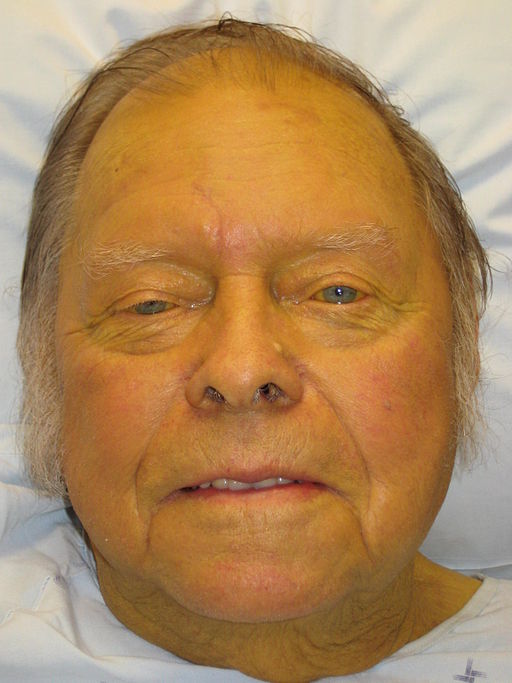Sandbox:Dildar
Algorithms
| Major molecular events in the pathogenesis of HCC | |||||||||||||||||||||||||||||||||||||||||||||||||||||||||||||||||||||||||||||||||||||||
| Genomic alterations | Epigenetic modifications | Growthfactor pathway alterations | |||||||||||||||||||||||||||||||||||||||||||||||||||||||||||||||||||||||||||||||||||||
| Gene Mutations | Gene Amplification | DNA methylation micro RNA | Micro RNA | LNC RNA | Major Signaling pathways | ||||||||||||||||||||||||||||||||||||||||||||||||||||||||||||||||||||||||||||||||||
| •Rotavirus •Norovirus •Enteric Adenovirus •Astroviruses | •Kobuviruses •Enterovirus •Orthoreovirus •Torovirus •Coronavirus (including SARS) •Parvovirus | Gram Positive | Gram Negative | Gram Positive | Gram Negative | ||||||||||||||||||||||||||||||||||||||||||||||||||||||||||||||||||||||||||||||||||

Editor-In-Chief: C. Michael Gibson, M.S., M.D. [1]; Associate Editor(s)-in-Chief: Dildar Hussain, MBBS [2]
Overview
The Spleen is the most common affected organ in the abdomen as a consequence of trauma to the abdomen.The trauma can be due to number of reasons such as road traffic accidents,falls and domestic violence.There are a number of non traumatic reasons of splenic rupture due to an underlying pathology.
Classification
Historical Perspective
Pathophysiology
Causes
Common casuses
The most common Cause of the splenic rupture remains blunt trauma to the abdomen.The other common causes of splenic rupture includes.[2]
- Neoplasms
- Infections
- Non Infectious
- Therapy related
- Mechanical Causes
Less common causes
The less common causes of splenic rupture are difficult to diagnose and can be threatening. Some less common causes of splenic rupture are as follows:
- Autologus stem cell transplantation in AL Amyloidosis patients[3]
Differentiating Splenic Rupture from Other Diseases
Epidemiology and Demographics
Risk Factors
Screening
Natural History, Complications and Prognosis
Diagnosis
Diagnostic Study of Choice
History and Symptoms
Physical Examination
Laboratory Findings
Electrocardiogram
X-Ray
MRI
Other Imaging Findings
Other Diagnostic Studies
References
- ↑ "File:Jaundice08.jpg - Wikimedia Commons". External link in
|title=(help) - ↑ Renzulli P, Hostettler A, Schoepfer AM, Gloor B, Candinas D (2009). "Systematic review of atraumatic splenic rupture". Br J Surg. 96 (10): 1114–21. doi:10.1002/bjs.6737. PMID 19787754.
- ↑ Sato S, Tamai Y, Okada S, Kannbe E, Takeda K, Tanaka E (2017). "Atraumatic Splenic Rupture due to Ectopic Extramedullary Hematopoiesis after Autologous Stem Cell Transplantation in a Patient with AL Amyloidosis". Intern Med. doi:10.2169/internalmedicine.9018-17. PMID 29093392.